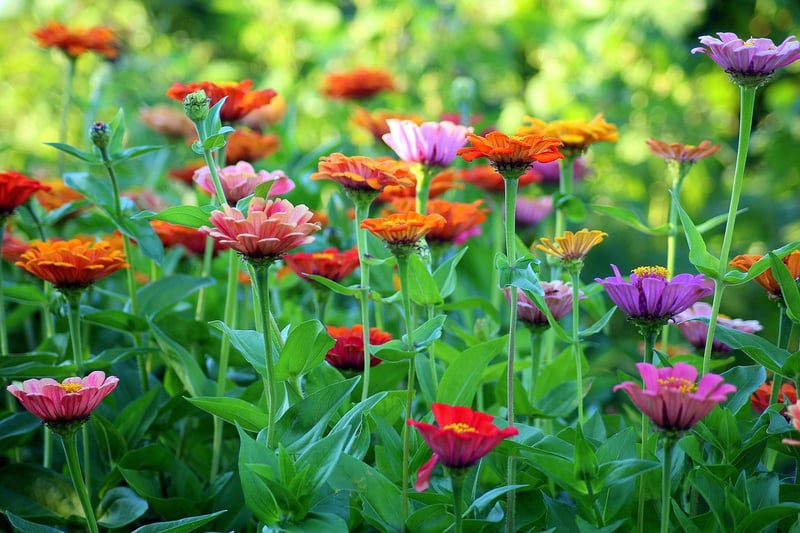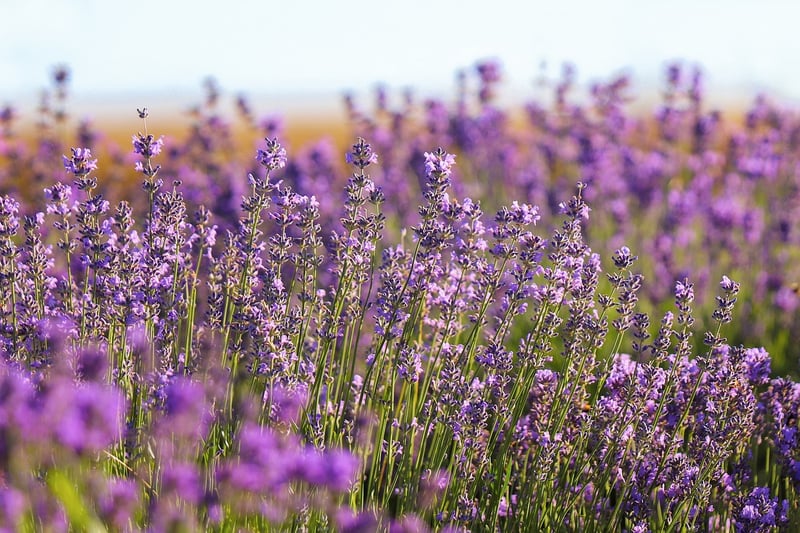Flowering Plants Care
Choosing the Right Plants for Your Garden
When it comes to gardening, selecting the right plants is crucial for the success of your garden. Whether you are a seasoned gardener or a beginner, understanding your garden's conditions and choosing plants that thrive in those conditions is essential. Here are some tips to help you select the perfect plants for your garden:
1. Assess Your Garden's Light Conditions
Take note of how much sunlight different areas of your garden receive. Some plants thrive in full sun, while others prefer partial or full shade. Choose plants that are suitable for the light conditions in your garden to ensure they grow and bloom beautifully.
2. Consider Your Soil Type
Soil quality plays a significant role in plant growth. Determine your soil type - whether it's sandy, loamy, or clayey. Certain plants require well-draining soil, while others thrive in moist conditions. Select plants that are compatible with your soil type for optimal growth.
3. Climate Compatibility
Know your hardiness zone and choose plants that are suitable for your climate. Some plants are frost-tender and require a warmer climate, while others can withstand cold temperatures. Select plants that are suited to your region to ensure they survive and flourish.
4. Growth Habit and Size
Consider the mature size and growth habit of plants before adding them to your garden. Some plants spread rapidly and may overcrowd other plants, while others grow tall and may overshadow smaller plants. Plan your garden layout accordingly to accommodate the growth habits of your chosen plants.
Caring for Flowering Plants
Once you have selected the right flowering plants for your garden, proper care is essential to ensure they thrive and produce beautiful blooms. Here are some general tips for caring for flowering plants:
1. Watering
Provide adequate water to your flowering plants, especially during dry periods. Ensure the soil is moist but not waterlogged to prevent root rot. Water early in the morning to reduce evaporation loss.
2. Fertilizing
Feed your flowering plants with a balanced fertilizer to promote healthy growth and abundant blooms. Follow the recommended dosage on the fertilizer package and avoid over-fertilizing, which can be harmful to plants.
3. Pruning
Regular pruning helps maintain the shape and health of flowering plants. Remove dead or faded flowers to encourage new blooms and prune any damaged or overgrown branches to stimulate growth.
4. Pest and Disease Control
Keep an eye out for pests and diseases that can affect your flowering plants. Inspect your plants regularly and take appropriate measures to control pests, such as using organic insecticides or natural remedies.
By selecting the right plants for your garden and providing proper care, you can create a beautiful and thriving garden filled with colorful blooms. Enjoy the process of gardening and watch your plants flourish!

